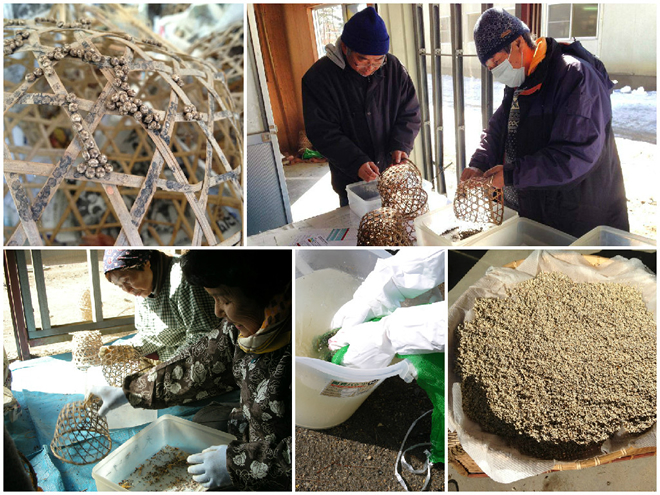- home >
- Rearing of silkworms
Silkworms have been traditionally reared in the forest of Japanese chestnut oaks, in the Hotaka-Ariake district in Azumino City.
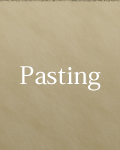
In early May, eggs gathered in the previous year are pasted to Japanese paper with bracken starch mixed with persimmon tannin. This process is called “pasting.”

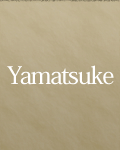
Japanese paper pasted with silkworm eggs is cut into small pieces and attached to sprouting Japanese chestnut oaks to enable the larvae to feed on them and hatch. This process is called “Yamatsuke.”
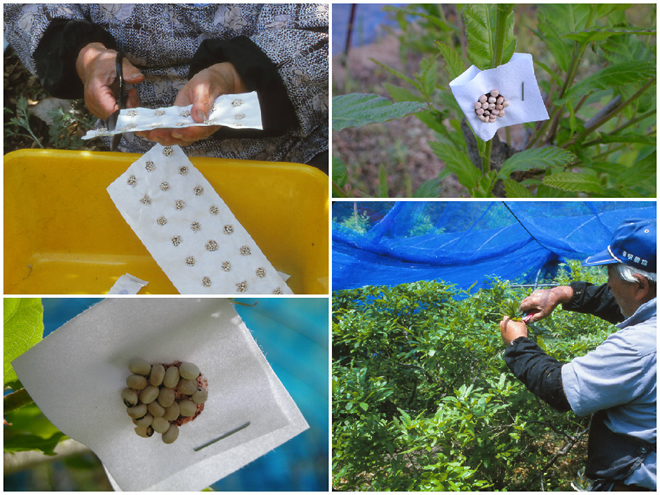

Hatched larvae (first-instar larvae) thrive on Japanese chestnut oaks and molt four times. Every time they molt, they come to be called “second-stage larvae,” “third-stage larvae” and finally “fifth-stage larvae.”
To ensure the abundance of feed, breeders constantly move oak branches on which the larvae are feeding to places with plentiful leaves. This process is called “Kirikaeshi” (cutting back).


Cocoon spinning starts from around early July or within two months after hatching.
Cocooning takes whole three days and nights. Cocoons can be gathered ten days or so after the start of cocooning.
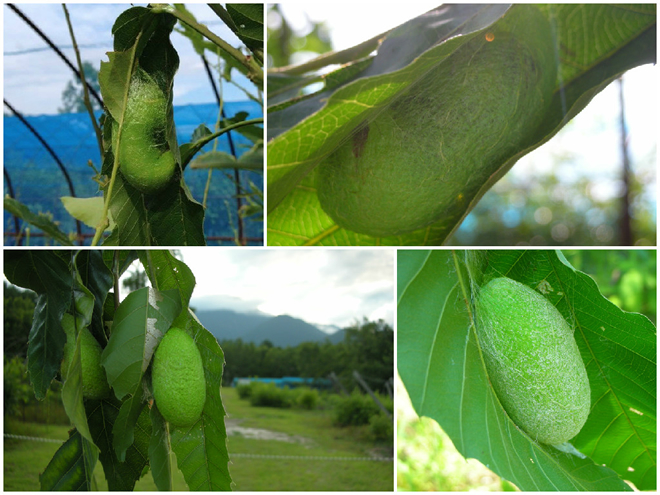

The breeders take the gathered cocoons to Azumino Tensan Center in late July.
The cocoons are categorized to seed cocoons to be used the next year, high-quality cocoons and ill-shaped, non-standard cocoons.
The high-quality and non-standard cocoons are dried and sent to reelers as material for raw silk and pongee yarn, respectively.

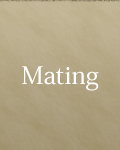
Hatching begins from around late July.
Early in the morning, male and female moths are chosen from the hatched moths and put into one basket to encourage mating.
This process is called “Mating.”
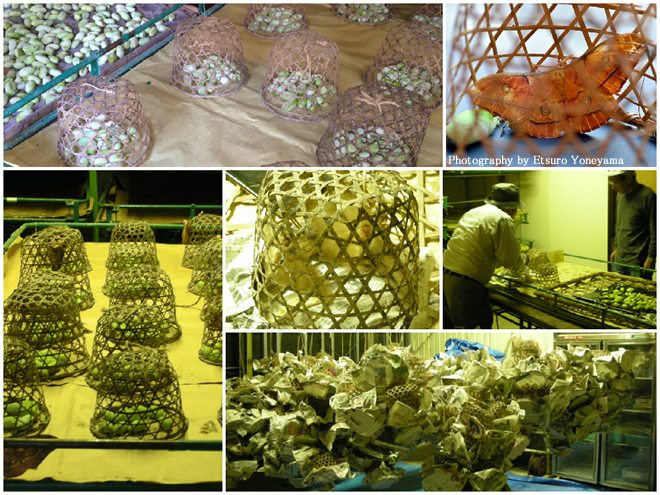

Eggs are taken from the moth basket before the start of the warm season and washed in water with breaching powder to remove adhesives. The eggs are stored in the refrigerator to control temperature and allow hatching in time for the sprouting of the Japanese chestnut oaks.
